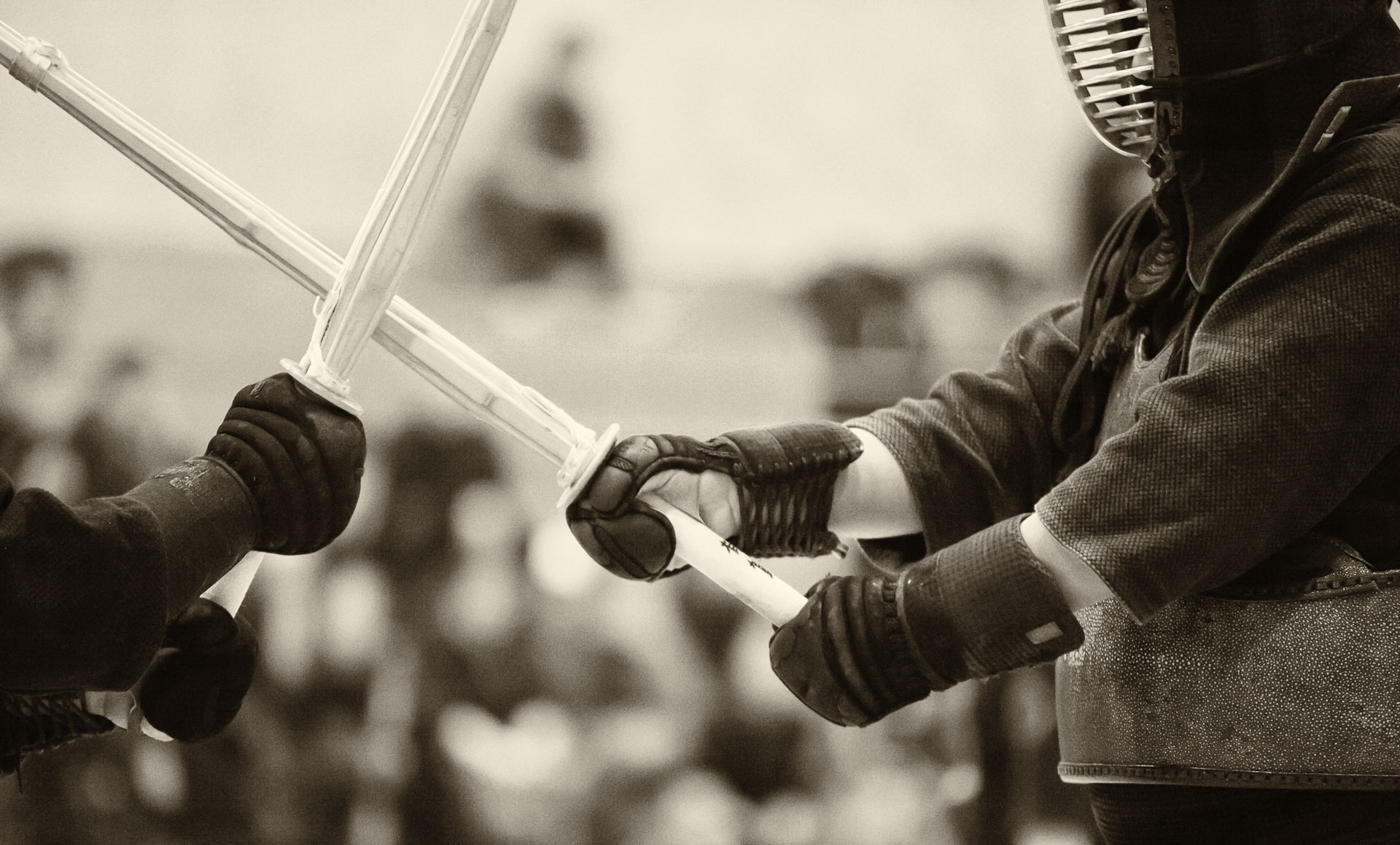
I decided to follow an example of Alex Ogle, a street reportage photographer who was featured in October 2014 episode of “Pro Photographer, Cheap Camera,” to carry only one lens, namely a 35mm f/1.4L USM, for a family walk in a garden.
The absence of zoom is both limiting and liberating, as no mental energy is wasted on decision-making related to the focal length. Otherwise, the main feature of this lens that distinguishes it from cheaper, consumer-grade lenses is the very wide maximum aperture and excellent sharpness even when fully-opened (at f/1.4). This time, I was shooting in broad daylight, so there was no need to use the lens’s excellent light-gathering ability, but I still wanted to shoot wide open, to produce the subject isolation by blurring the background. To achieve the correct exposure, I had to decrease the shutter speed to 1/1000 s, which had a bonus effect of minimizing camera shake.
The main challenge with shooting at f/1.4 is that a common technique of pre-focussing by half-pressing the shutter button, recomposing and then shooting does not work due to the extremely shallow depth of field. Recomposing would shift the sensor plane sufficiently for the subject to become out-of-focus. Instead, the focus sensor has to be placed precisely on the subject (the front eye, in case of a portrait.) I usually crop the images in post-processing to improve composition.
In my opinion, the results of shooting with a 35mm f/1.4L USM are well worth practicing the shooting technique. The shallow depth of field immediately separates a photo taken with this lens from a mere snapshot.




























